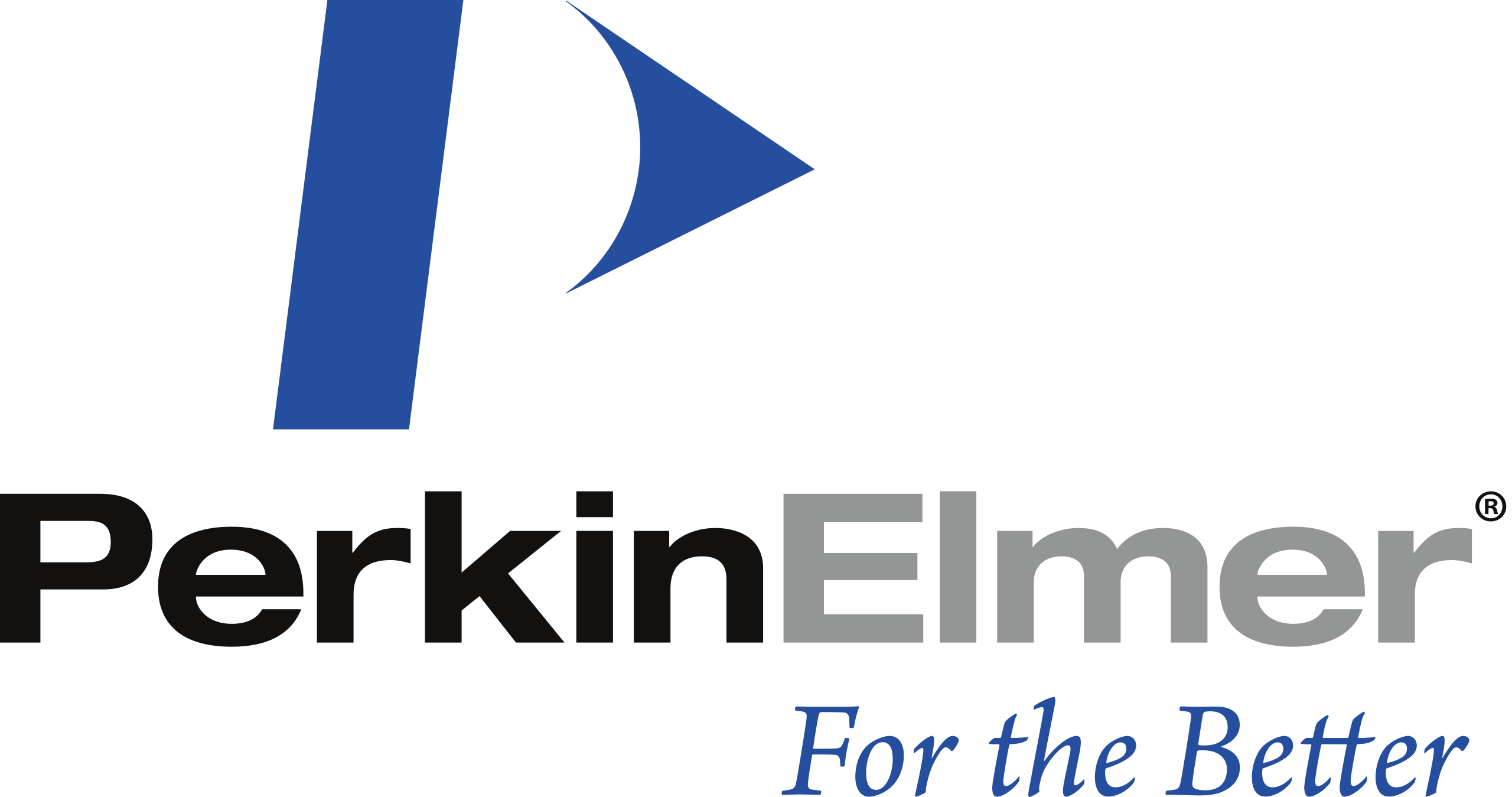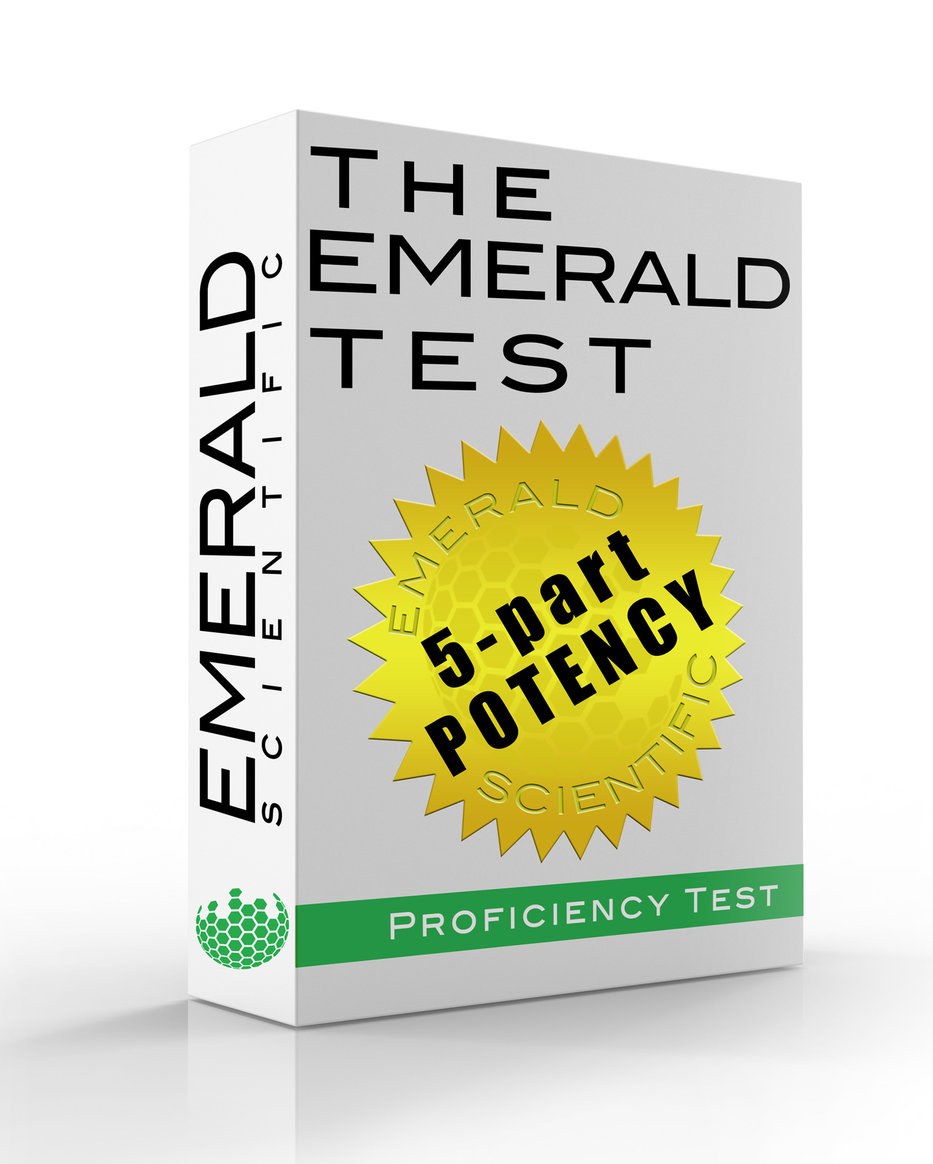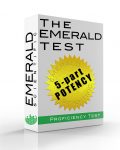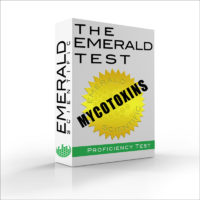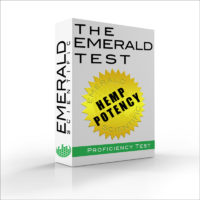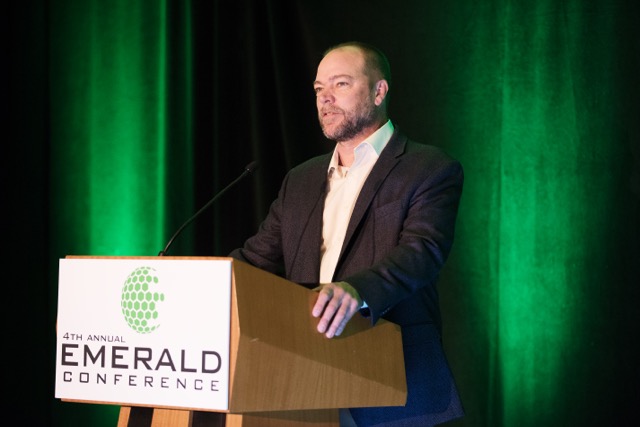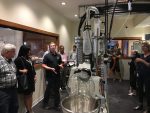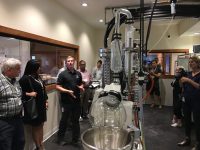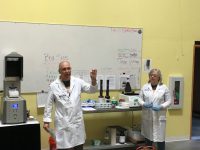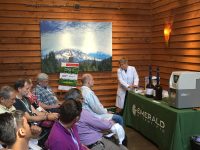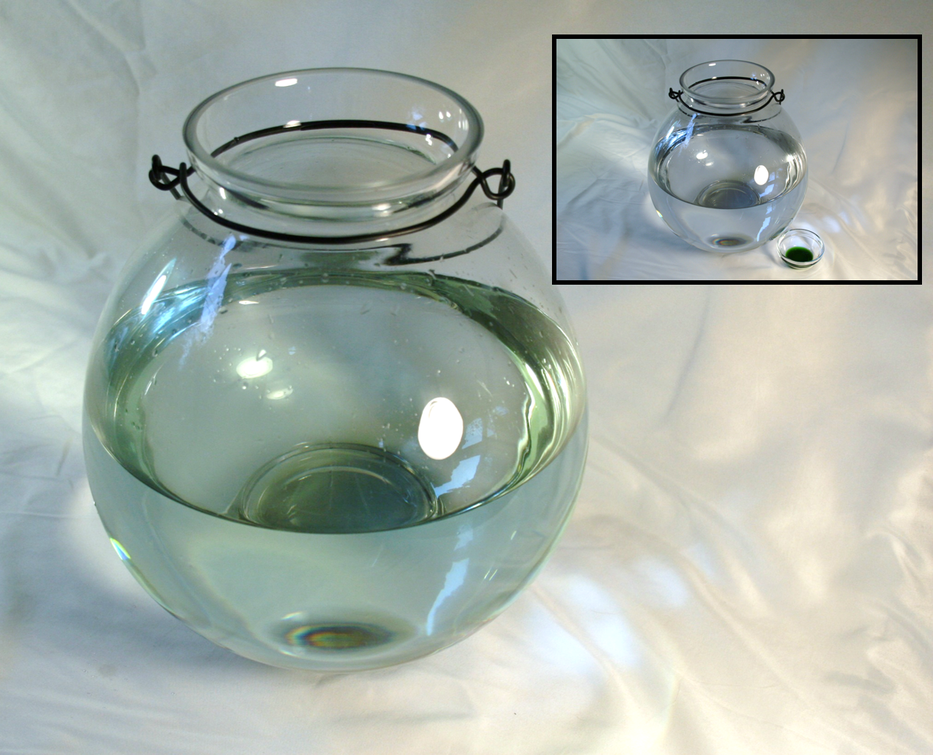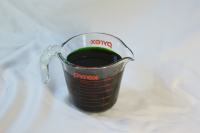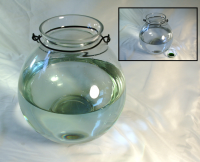Last week, just before MJBizCon, PerkinElmer announced a collaboration with Emerald Scientific, allowing Emerald Scientific customers access to PerkinElmer’s portfolio of cannabis and hemp testing products and services. PerkinElmer is a leading instrument manufacturer and analytical method developer. Emerald Scientific is a distributor for scientific lab testing equipment and instrumentation.
![]() Emerald Scientific now offers their customers PerkinElmer products, like their QSight® 420 Triple Quad system LC/MS, the Titan MPS™ Microwave Sample Preparation System, the Clarus® SQ 8 Gas Chromatograph/Mass Spectrometer (GC/MS) and the Flexar™ High-Performance Liquid Chromatography (HPLC) system. This partnership also allows Emerald Scientific customers to utilize the PerkinElmer analytical methods and standard operating procedures (SOPs) for cannabis and hemp testing. That includes SOPs for things like sample preparation, acquisition methods and consumable use. They’ll also be able to shop for lab products like PerkinElmer’s chromatography columns, vials and sample prep products.
Emerald Scientific now offers their customers PerkinElmer products, like their QSight® 420 Triple Quad system LC/MS, the Titan MPS™ Microwave Sample Preparation System, the Clarus® SQ 8 Gas Chromatograph/Mass Spectrometer (GC/MS) and the Flexar™ High-Performance Liquid Chromatography (HPLC) system. This partnership also allows Emerald Scientific customers to utilize the PerkinElmer analytical methods and standard operating procedures (SOPs) for cannabis and hemp testing. That includes SOPs for things like sample preparation, acquisition methods and consumable use. They’ll also be able to shop for lab products like PerkinElmer’s chromatography columns, vials and sample prep products.
 According to Greg Sears, vice president and general manager, Food and Organic Mass Spectrometry at PerkinElmer, the cannabis testing market is exploding and this will help labs get their equipment and necessities all in the same place. “With the cannabis and hemp markets continuing to grow rapidly and regulations strengthening, labs increasingly need streamlined access to best-in-class, user-friendly testing solutions geared toward the unique requirements of the industry,” says Sears. ““This collaboration with Emerald Scientific brings together leading cannabis analysis offerings in one place to help labs start up and expand more efficiently. In addition, we can build on the work we have done with Emerald around testing standardization which is important for the science of the industry.”
According to Greg Sears, vice president and general manager, Food and Organic Mass Spectrometry at PerkinElmer, the cannabis testing market is exploding and this will help labs get their equipment and necessities all in the same place. “With the cannabis and hemp markets continuing to grow rapidly and regulations strengthening, labs increasingly need streamlined access to best-in-class, user-friendly testing solutions geared toward the unique requirements of the industry,” says Sears. ““This collaboration with Emerald Scientific brings together leading cannabis analysis offerings in one place to help labs start up and expand more efficiently. In addition, we can build on the work we have done with Emerald around testing standardization which is important for the science of the industry.”
Kirsten Blake, Vice President of Emerald Scientific, says they are really excited about the partnership. “As regulations become more challenging, laboratory competition intensifies, and the science of the industry receives increasing focus, it is essential to align with organizations dedicated to improving both the quality and throughput of analytics,” says Blake. “After working with PerkinElmer to inform, educate, and advance the cannabis science industry around best practices, we see them as the industry leader for providing analytical instrumentation, methods and SOP’s. By adding their complementary solutions to our existing portfolio, we can now deliver complete packaged analytical solutions to the cannabis and hemp industries.”

